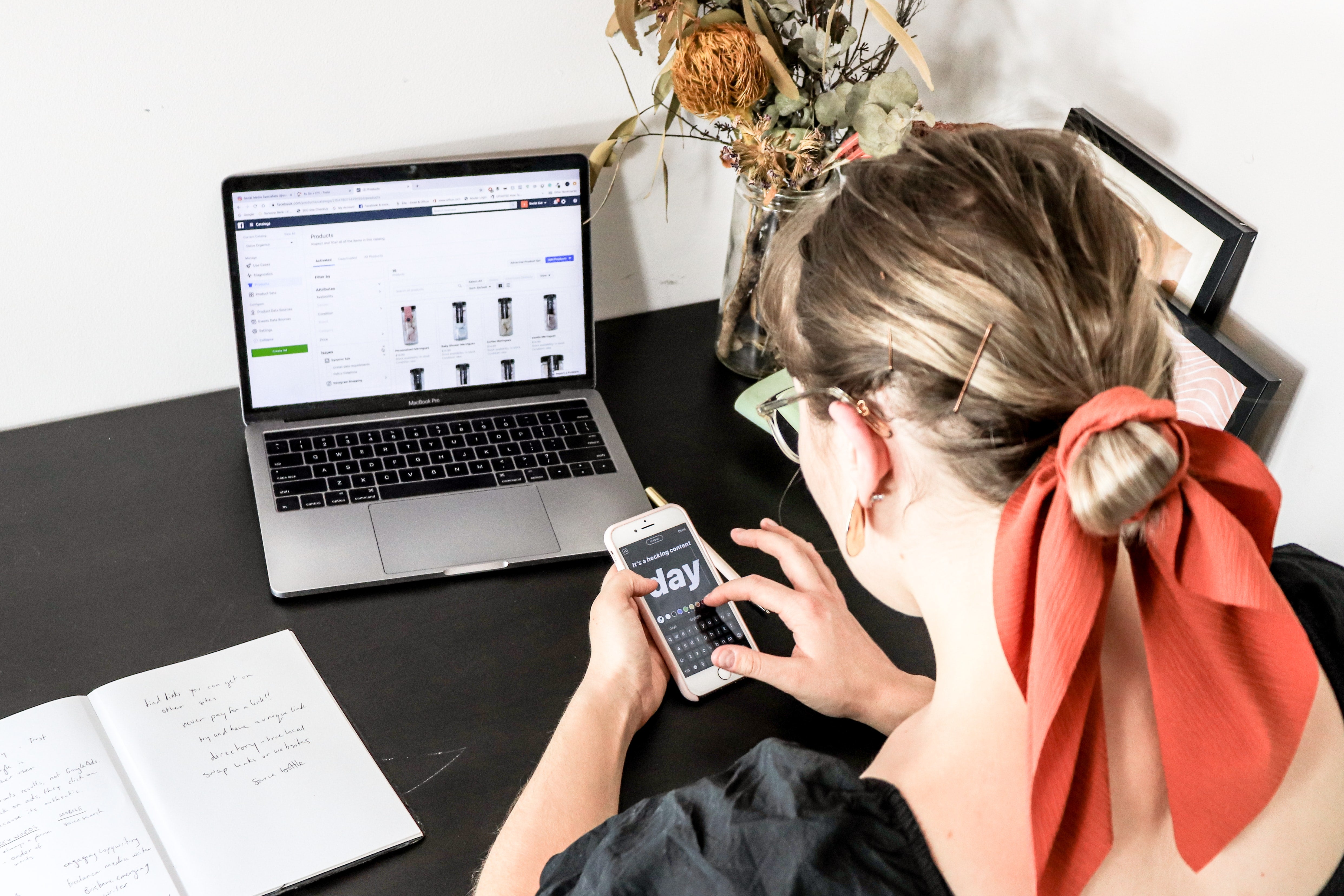
The Best 5 Email Flows for Your Business
Creating email flows for your business is a crucial way in connecting directly with your customers and generating a real sense of communication that can add value to their shopping experience, encourage sales and engage them with your brand.
There's a fine line between keeping your customers up-to-date and bombarding them with irrelevant content that will - let's face it - end up in the junk folder.
Knowing when to send the right email can be difficult. How do you know when a customer is at a particular stage of their buyer's journey? When are they on the brink of unsubscribing?
We recommend using email 'flows' to help you segment and target your subscriber list. To clarify, an email flow is a series of emails that are triggered by different customer behaviours. Flows can be as simple or as complicated as you desire - with some being linear, while others can take the shape of a 'choose your own adventure' with many possible outcomes.
Here we have outlined the top 5 email flows that can help you deliver the right message to the right people at the right time.

1. Welcome Series
This email flow is generally triggered after a customer signs up for your newsletter. The content of this email is important as it is the first impression they will have of your brand on a personal level.
Keep it simple, and remember a flow is a series of emails - you don’t need to over inform them with all that you are in one go. Spread it out over several emails - be sure to give a few days break between.
Have a strong and straightforward message that will generate interest and a sense of ‘belonging’. Encouraging further connections to your other marketing channels is a good idea too, so be sure to include your social media links and any other forms of contact information.
To encourage someone to sign up to your mailing list in the first place - many brands now give an incentive. The most simple incentive is a one-time only discount code which may then also lead to a potential purchase.
Not sure how much to give? An industry standard is 10% for first time customers.
2. Nurture Emails
Keeping up contact through quieter times of the financial year and non-sale periods is key to keeping your brand on your customer's radar. Use this opportunity to display your knowledge on the product/products you sell and spike interest.
Introduce informative blog posts, answers to FAQS, past top reviews and or even something as simple as message of thanks for being a loyal customer or subscriber.
3. Abandoned Cart
Abandoned cart emails are a way of recapturing lost revenue. Of course, there are many reasons why someone may 'add to cart' and never complete their purchase - but all too often it's related to one of three things: time management, lack of trust in the brand or product, or financial concerns. Perhaps you can think of alternative issues that are more relevant to your business or industry.

If you only had one email to send, it would be quite difficult to figure out which conversion issue you should target. But the beauty of a flow is that you can target them all over time - depending on their responses and interactions to your previous email (or lack thereof).
If the issue is time management - a gentle reminder should suffice. However, if they open that email and are still not convinced, then a stronger strategy must be used to alleviate the customer's concerns.
Single use discounts could be the final push needed to finalise a transaction if price is an issue, or sharing positive reviews from other clientele might be convincing if it's just a general indecisiveness about your product.
Abandoned cart emails are also valuable because it can give you an insight to your customer's motivations. Check the data afterwards: what is the most successful abandoned cart email from your flow? Which 'consideration' tactic has lead to conversion? Could it be the same considerations that are stopping your customers at the checkout phase in the first place?
4. Sale Notifications
This can either be an email to notify of a new sale on your website, or notify a customer if an item they have previously browsed or added to cart is now on sale. This is another opportunity to make the customer’s experience feel personal and relevant to the content they were interested in.
5. Product Review
Alternatively called a post purchase flow, this email should be sent after a confirmation of delivery of the product. This is crucial for two key reasons.
Firstly, a customer can’t review something they haven’t received. Secondly, asking too early could raise problems and highlight discontent if your delivery times aren't up to scratch.
People are easily swung by good and bad reviews online. Checking in after a transaction displays a level of care post purchase - so be sure to ask if all was expected and if there was potential room for improvements.
Doing this will help you gain valuable feedback on your product and the purchase experience given by your site. It will also make a customer feel that you are open to change and value their experience/opinion.
Displaying your reviews online also adds that human interaction and shows other potential buyers that people are interacting with your products and can encourage them to do so too.
While flows allow a fantastic level of automation (leaving you time to attend to other important areas of the business) it's important not to 'set and forget'.
Ensure every few months you are reviewing which of your flows are successful, and which ones might need their content updated. If the data isn't clear, you can also run A/B tests within your flows to get an even deeper understanding of your subscriber base and what makes them tick (or in this case, click).



Leave a comment
This site is protected by hCaptcha and the hCaptcha Privacy Policy and Terms of Service apply.